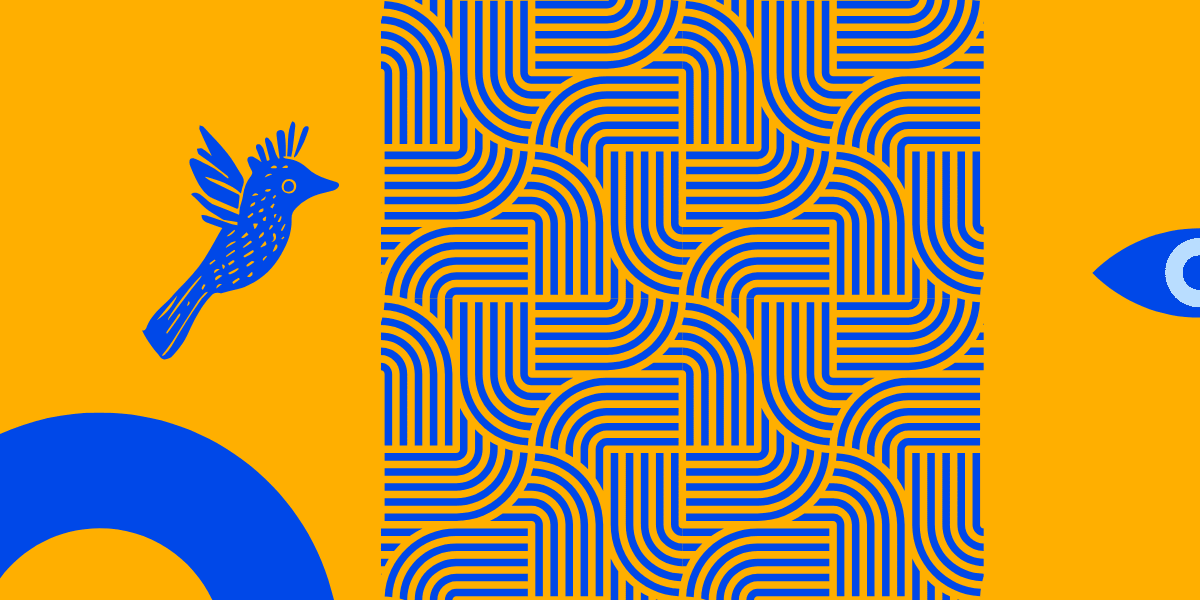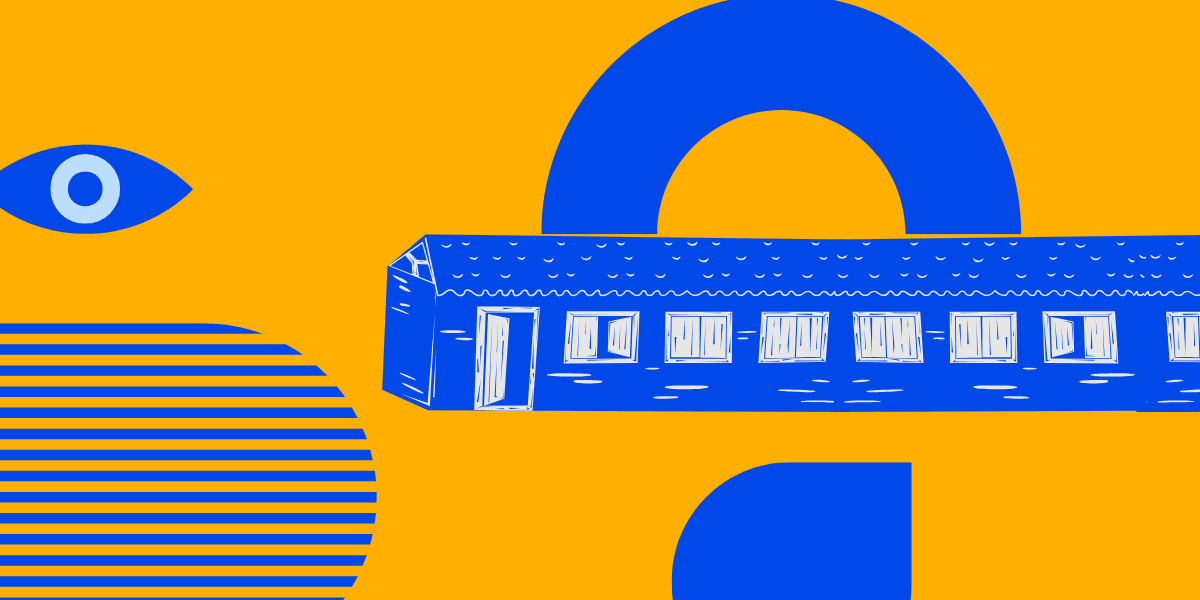O Tira-gosto is a space for encounter at Casa Oxente — a moment for informal yet meaningful conversations about art, culture, and belonging. In this special edition, we welcomed philosopher, professor, and curator Filipe Campello for a necessary and urgent reflection: Can the Northeast be contemporary?
The text below was read at the opening of the event. It is both a provocation and an invitation. It speaks of borders — physical, symbolic, and discursive — of the limitations of categories like “folk art,” and of the desire to transform the present into a space of listening and reinvention. It is also a personal attempt to give shape to the restlessness that flows through the Casa Oxente project.
Good evening.
At a time when borders are closing again — when countries retreat into themselves, discourses grow more radical, and the world seems less and less porous — to speak of art, of culture, and of belonging becomes a political act.
We live in times of acceleration and instability. Climate and financial crises, forced human displacements, wars, the rise of the far right, and the erosion of shared life — and of life in common.
In the face of all this, what is contemporary art for? What is its role in times like these? And what does it mean to be contemporary? Is it simply to live in the present moment? Or is it to recognize this moment — and become implicated in it? To accept instability as a condition? Or to resist the temptation of repetition?
And if this is what it means to be contemporary, then what does it mean to make contemporary art? Is it to produce thought in a world in convulsion? To create from the fracture? To question the symbolic order of things? To invent ways of being in the world that don’t yet have names?
Can the Brazilian Northeast be contemporary?
This is not a chronological question. It is not about time. It’s about agency, presence, and transformation.
Falamos dessa tal “identidade nordestina” — entre muitas aspas — tantas vezes representada como um bloco único, estático, folclorizado. Ora exótico, ora miserável. Ora símbolo de resistência, ora de carência. Mas sempre figéeas the French would say: frozen.
Who is identity for?
If an identity cannot unsettle the system that frames it, it becomes a stamp. A brand. A commodity. Being “included” is not enough — your presence must transform the space into which you arrive.
The struggle is not only for recognition. It is for displacement. For a reconfiguration of what we call art, center, and value.
I’ll admit: even for me, naming all of this is not easy. Is Casa Oxente a space for art? For folk art? The term “folk art,” which I used for so long, has begun to trouble me. Yes, it carries stories and affections — but also limitations.
The distinction between popular art and contemporary art is not a chronological barrier. It's one of power. And that's why it needs to be crossed.
Today, we have the pleasure of welcoming Filipe Campello — philosopher, professor, and curator — someone who invites us to cross borders: geographic, conceptual, and institutional. We want to talk about the right to change, to self-represent, to contradict what was given to us. About the Northeast as a site of critical and aesthetic production. About art as a living language — and identity as a provocation.
Because if the world out there insists on building walls, here we will keep crossing borders. And maybe this is our most sincere way of existing in time: like those who open paths — and invite others to cross with us.
by Wilame Lima
(Opening text for ‘Tira-gosto’ with Filipe Campello: The Northeast on the Route of Contemporary Art - 22 May 2025)



